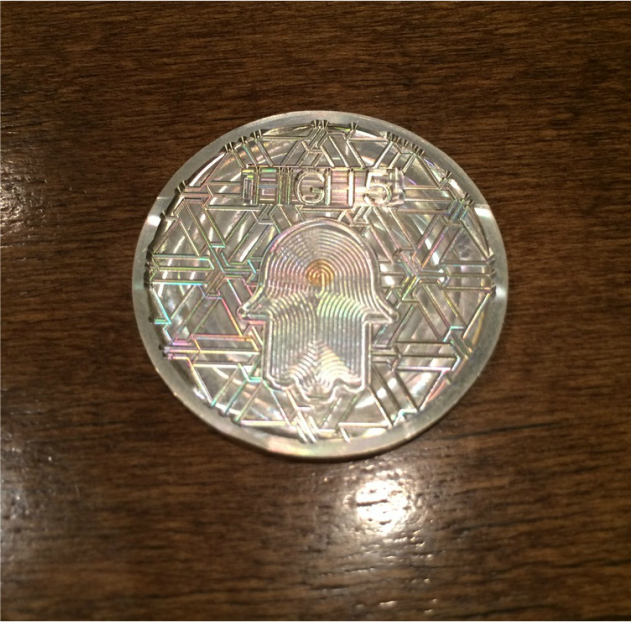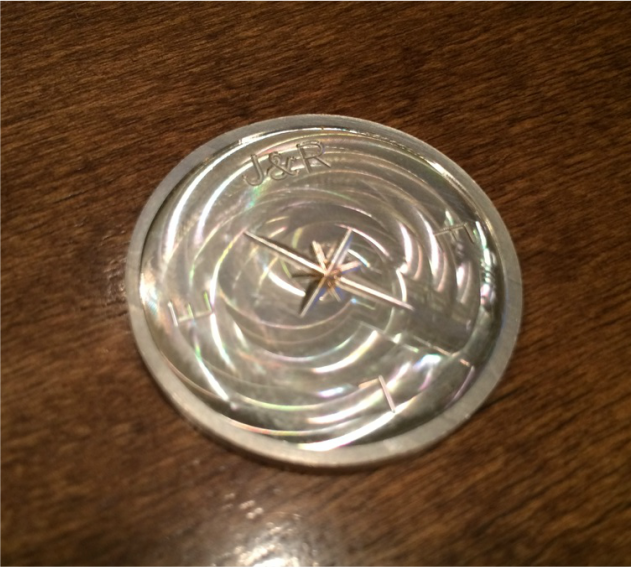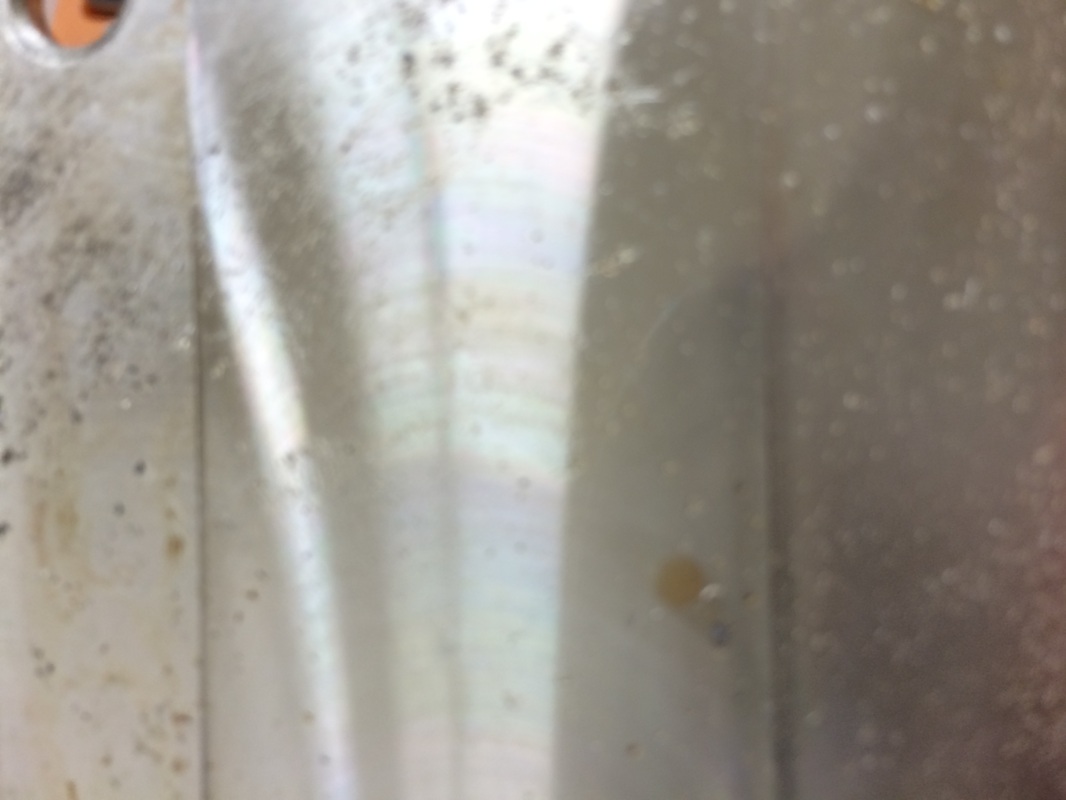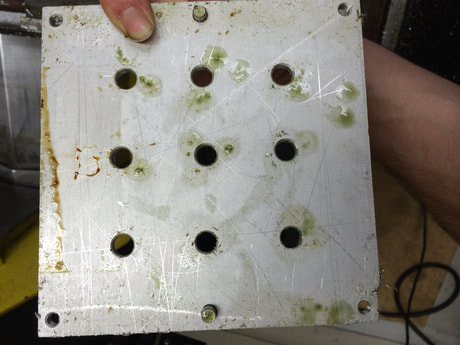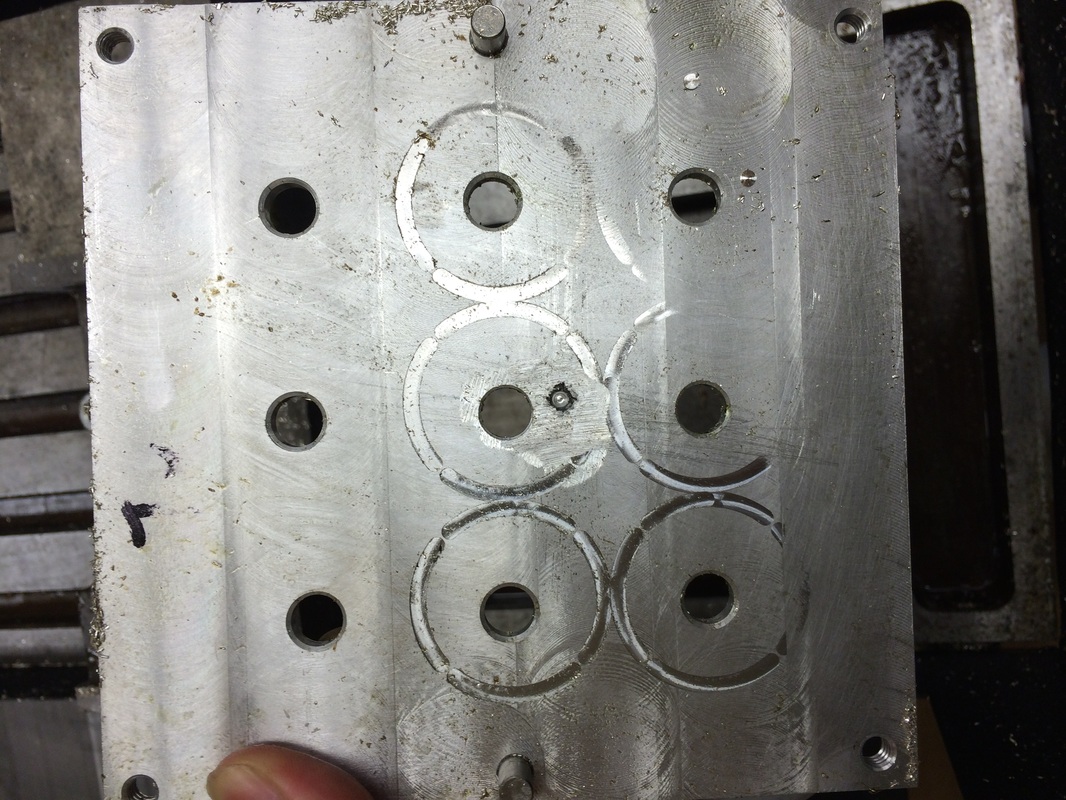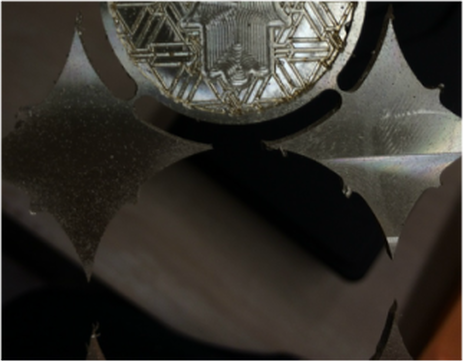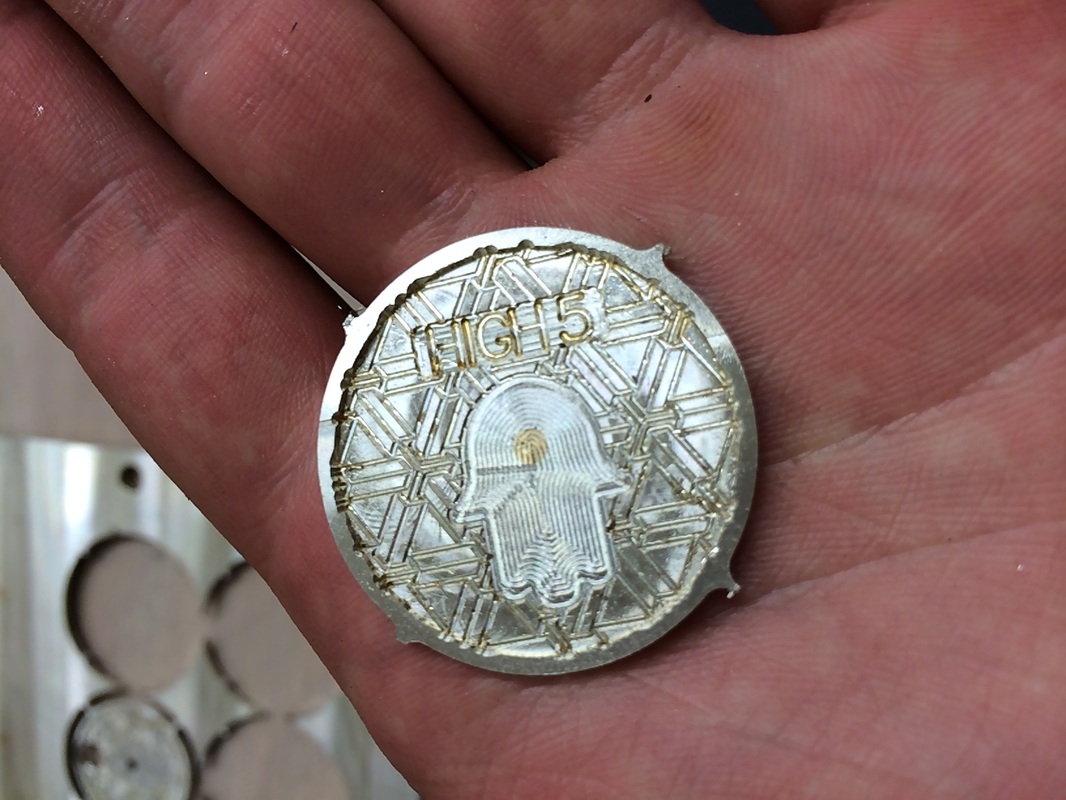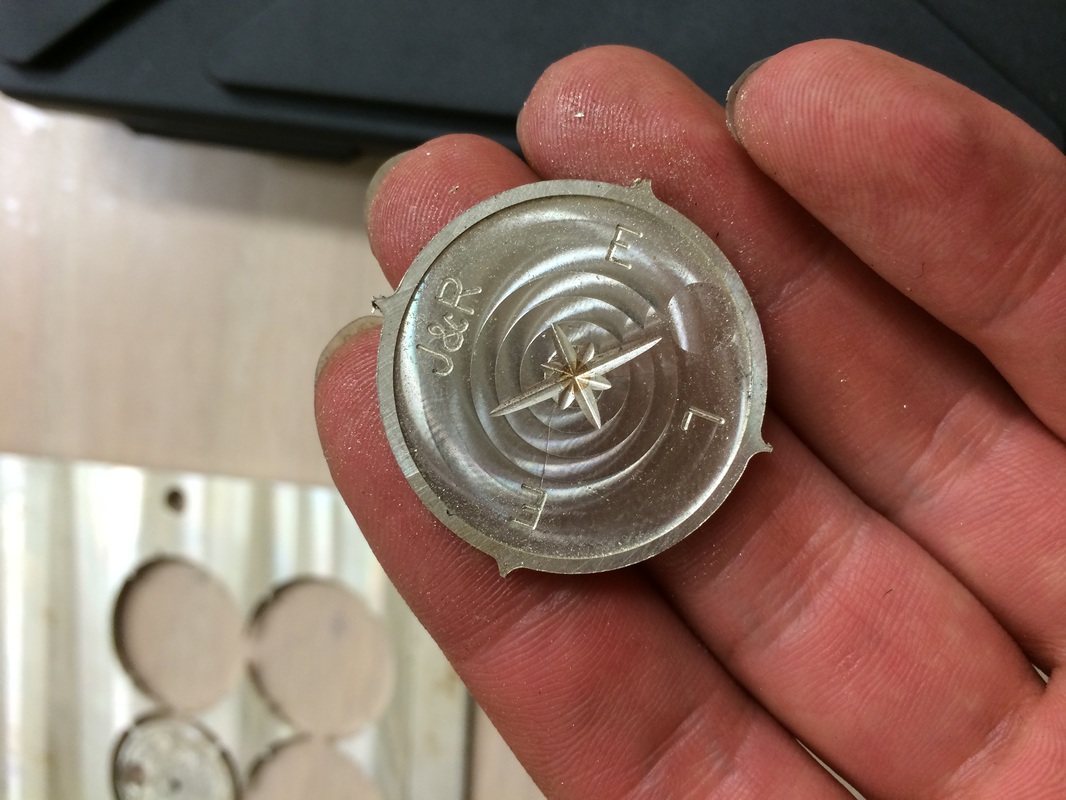Silver Coin: Congrats, Jeremy!
Goal: design and manufacture a coin made of silver and gold to celebrate my brother's coming marriage in September 2014.
Materials:
Processes:
Materials:
- Plate of 11 gauge fine silver
- 10 gauge 14k gold wirel
- 1/4", 1/8", and 3/64" square end mills
- 1/16" ball nose endmill for surfacing
- 45 deg single lip engraving tool
- Aluminum plate (for fixture)
Processes:
- CAD work (SolidWorks)
- CAM work (MasterCAM)
- CNC machining and fixture design
the process
|
|

